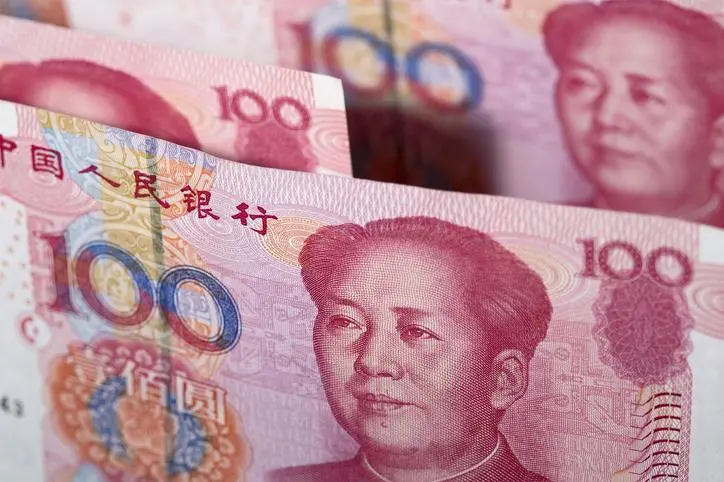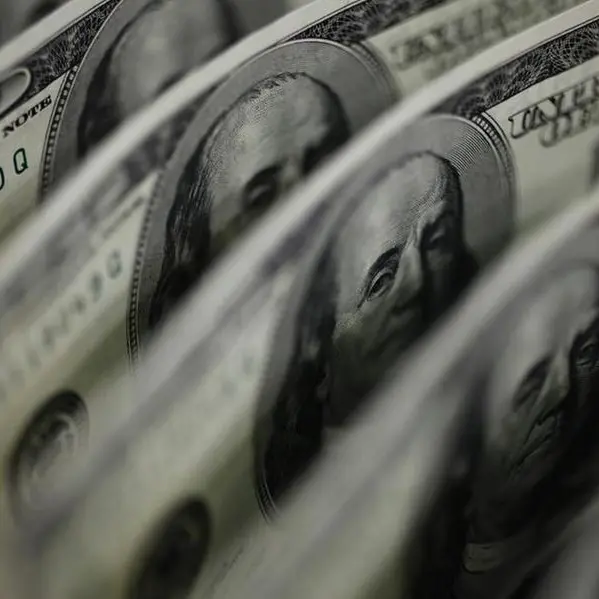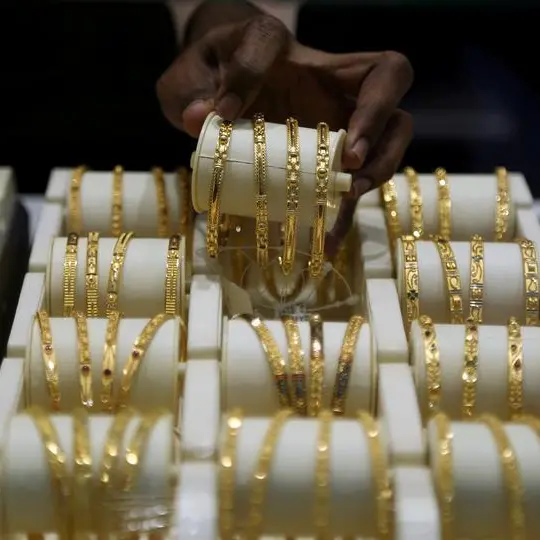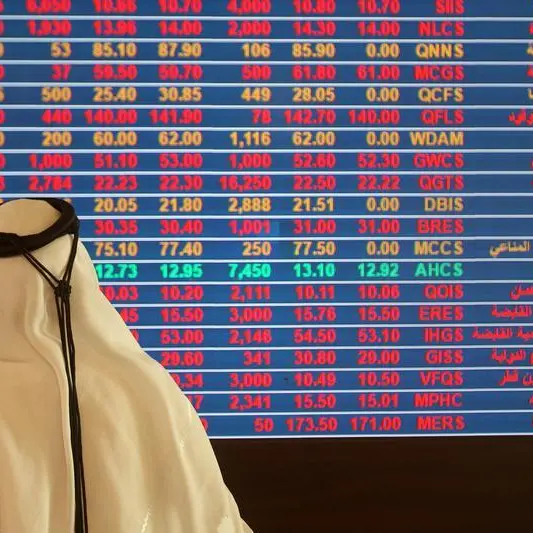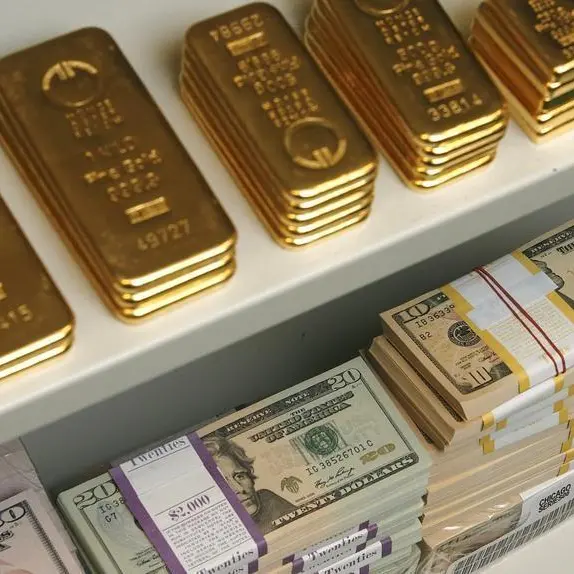PHOTO
HONG KONG - China may find it hard to brake the yuan’s slide. This week the currency slumped past 7 per dollar for the first time in over a decade. A modest dose of depreciation is not unhelpful, but sagging growth makes controlling the pace of decline more complicated.
The People's Bank of China has cleverly exploited trade tensions to do something it needed to do anyway: support its struggling export sector, and prepare to cut interest rates. Now that U.S. President Donald Trump has said he will impose tariffs on nearly everything China sells, the PBOC can blame him for the decision to let the yuan let off some steam.
The question is how much. Beijing would probably prefer a slightly softer exchange rate around 7.1 to 7.3 per dollar, which would support easier monetary policy without encouraging much capital flight.
Yet it is unclear how much easing will be necessary to revive an economy that has responded sluggishly to $300 billion in tax cuts introduced this year. Liquidity dumped into banks hasn’t yielded much either. Official manufacturing activity contracted for three straight months to July, while imports have fallen six out of the first seven months of 2019 – suggesting a worrying lack of domestic demand.
On Monday, the PBOC publicly patted itself on the back for keeping the currency stable. Fair enough. Officials also deserve credit for trying to cut bad debts and ease real credit conditions at the same time. But neither campaign may last. A statement from a recent Politburo meeting left out the usual emphasis on deleveraging. If the government sprays the economy with cheap cash, it becomes harder to prop up the currency.
A steeper yuan correction of 10% or more could seriously deflate demand for products and services from trading partners. If the slide requires higher policy barriers to slow capital flight, it could depress Chinese overseas tourism spending. Depreciation cushions the impact of U.S. tariffs at home, but it discounts Chinese products in all markets, at the expense of export powerhouses with safe-haven currencies like Japan and Germany. Many take comfort in the belief that Beijing can and will ensure this correction if mild; if they’re wrong, their discomfort could be acute.
CONTEXT NEWS
- China's central bank on Aug. 8 set its official yuan midpoint guidance rate below 7 to the dollar for the first time since the global financial crisis. The onshore traded spot rate had already crossed that line on Aug. 5.
- China's major state-owned banks have been active in the yuan forwards markets this week, Reuters reported on Aug. 7 quoting traders, using swaps to curb greenback supply, as authorities sought to slow the currency's decline after its break past the key 7 to the dollar threshold.
(Editing by Clara Ferreira Marques and Katrina Hamlin) ((pete.sweeney@thomsonreuters.com; Reuters Messaging: pete.sweeney.thomsonreuters.com@reuters.net))
